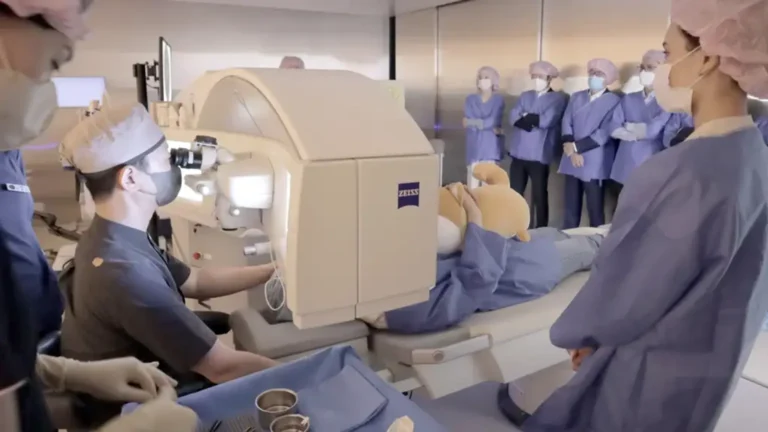Introduction
Dry eye syndrome is one of the most common eye conditions affecting LASIK outcomes. For medical patients—such as those with autoimmune disorders, diabetes, or a history of medication-related dry eyes—the impact of dry eye on LASIK surgery can be significant.
Understanding how dry eyes affect your candidacy and recovery will help you make an informed decision about vision correction.
What Is Dry Eye Syndrome?
Dry eye syndrome occurs when your eyes don’t produce enough tears or when the tears evaporate too quickly. It leads to symptoms like:
- Burning or stinging
- Redness
- Blurred vision
- Gritty or sandy sensation
Medical conditions like Sjögren’s syndrome, rheumatoid arthritis, diabetes, and even certain medications (e.g., antihistamines, antidepressants) can contribute to or worsen dry eye symptoms.
Why Dry Eye Matters in LASIK Surgery
1. Corneal Nerve Sensitivity
During LASIK, a flap is created in the cornea, which temporarily disrupts corneal nerves responsible for tear production. This can worsen pre-existing dry eye or trigger new symptoms (LASIK-induced dry eye).
2. Impaired Healing
Dry eyes reduce the ability of the cornea to heal efficiently, increasing the risk of:
- Infections
- Prolonged inflammation
- Visual distortions like halos or glare
3. Patient Discomfort and Dissatisfaction
Dry eye can compromise post-operative comfort and visual clarity, potentially leading to dissatisfaction even if the surgery is technically successful.
Candidacy: Can You Have LASIK with Dry Eyes?
You may still qualify, but additional screening is essential.
A qualified surgeon will assess:
- Tear film stability with tests like the Schirmer test and tear break-up time (TBUT)
- Corneal surface health using fluorescein dye or corneal topography
- Meibomian gland function to evaluate oil layer integrity
If your dry eye is mild to moderate, it may be treatable before LASIK. If severe or associated with autoimmune disease, the surgeon may recommend an alternative like PRK or SMILE, which are less invasive to the corneal nerves.
How Medical Patients Can Improve Their LASIK Candidacy
1. Pre-Treat Dry Eyes
Your surgeon may prescribe:
- Preservative-free artificial tears
- Cyclosporine (Restasis) or lifitegrast (Xiidra) to reduce inflammation
- Omega-3 supplements for tear production
- Warm compresses and lid hygiene to treat meibomian gland dysfunction
2. Punctal Plugs
These tiny inserts block tear drainage and help retain natural moisture. They’re often used pre- or post-surgery for patients with chronic dryness.
3. Lifestyle Modifications
- Use humidifiers, especially in winter or dry climates
- Limit screen time and take frequent breaks
- Stay hydrated and avoid caffeine/alcohol, which can dehydrate eyes
Post-LASIK Recovery Considerations for Dry Eye Patients
Expect:
- Increased dryness for the first 1–3 months
- Frequent use of preservative-free artificial tears
- Follow-up appointments to monitor corneal healing
Important:
Medical patients should report any worsening dryness, blurred vision, or pain immediately. Close monitoring and tailored treatments can prevent long-term complications.
Conclusion
Dry eye syndrome is not an automatic disqualifier for LASIK—but it does demand extra care, especially for patients with underlying medical conditions. With the right surgeon, pre-treatment plan, and aftercare, many patients with dry eyes can still achieve excellent results.




